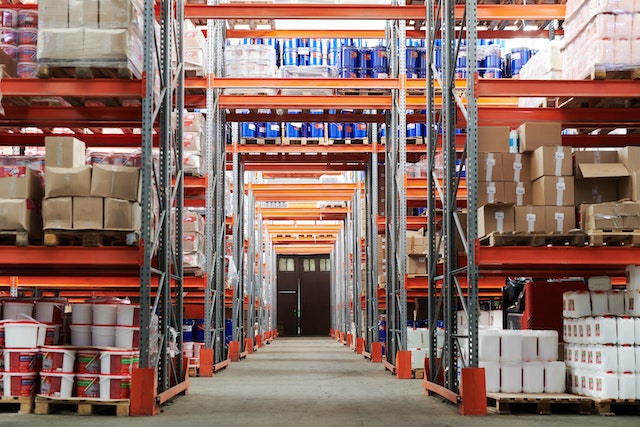
Supply Chain Optimization Tips | Image Source: Lokad
A company’s supply chain is made up of players at various levels and diverse logistical components, each of which plays a crucial role. Therefore, improving supply chain management is crucial for a business that wants to increase both its profitability and competitiveness in the marketplace.
1. Train your employees
Even the best tactics won’t help you manage flows and optimize your supply chain if your staff isn’t properly trained. Employees still play a crucial role in the operation of the supply chain, even if automation is a smart method to improve their workplace conditions. Specifically, supply chain training will make it simple for your staff to use the many technical tools they use on a regular basis. It is crucial that they understand how to use these tools correctly as well as how to respond quickly if something goes wrong.
It’s also crucial to train your staff in supply chain management so they can follow safety regulations and adopt healthy practices. Even better, this training will give your staff the chance to learn new management and organization techniques. Additionally, it’s crucial to make an effort to comprehend any potential employee opposition. For instance, if your staff members utilize the new tool you’ve just purchased only sometimes, you’ll need to ask them why, in order to determine whether it’s difficult to use, an inappropriate tool, etc.
2. Plan your supply chain in real time
In general, past data must be considered while planning the supply chain. The reaction time could be lengthy in the event of an incident, though. However, errors will be automatically detected and then corrected right away thanks to real-time planning and production monitoring software (ERP or PGI). In other words, planning production will enable you to implement the best plan of action to prevent a supply chain slowdown. To maximize response at their level, this system will also enhance communication with customers and raw material suppliers.
3. Analyze the entire supply chain
You will find a lot of use for technologies like inventory management software and dashboards in supply chain management. They enable the automation and optimization of many workspaces. Therefore, automation of the manufacturing line is perfect for time savings, cost savings, productivity gains, and encouraging real-time process monitoring. It’s also crucial to take the time to identify the labor-intensive roles that require automation. A thorough supply chain analysis will also enable you to clearly understand the chain’s strengths and shortcomings for improved performance. For increased efficiency and improved product traceability, automation is the best option.
True, there are more or less considerable costs associated with the supply chain’s autonomy. However, it is a long-term investment that will enable you to raise your turnover. The logistics of production can be automated for your staff’ benefit as well. They will be able to avoid risky repetitious and unnecessary duties for their health, among other things.
4. Develop a good communication strategy
The successful execution of a robust communication strategy between you, your suppliers, and your service providers is essential to effective supply chain management. You can do this by using various management tools, which will send the information as quickly as possible. In order to prevent the production chain from becoming stalled, effective communication between supply chain participants is crucial for real-time information transmission. Additionally, this reduces miscommunications and delays. Better service coordination and increased fluidity throughout the entire production chain are also made possible by an effective communication and management approach.
5. Think about cross-docking
The practice of cross-docking encourages just-in-time work. It involves drastically cutting back on stocks so that the process may go along with as much flexibility as possible. Thus, the commodities can be redistributed the same day they arrive. Cross-docking specifically entails collecting your items and distributing them across two docks that stand in for the incoming flow and the outgoing flow. The merchandise is then sorted and prepared for shipment by being packaged into parcels. The items are then directed to the second dock where they will be loaded onto vehicles and delivered to the ultimate user.



